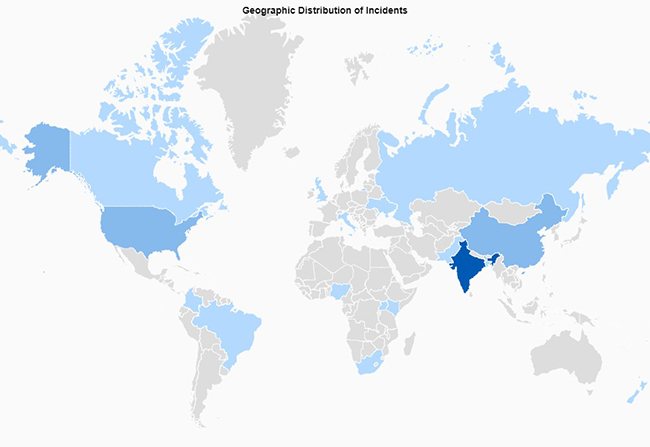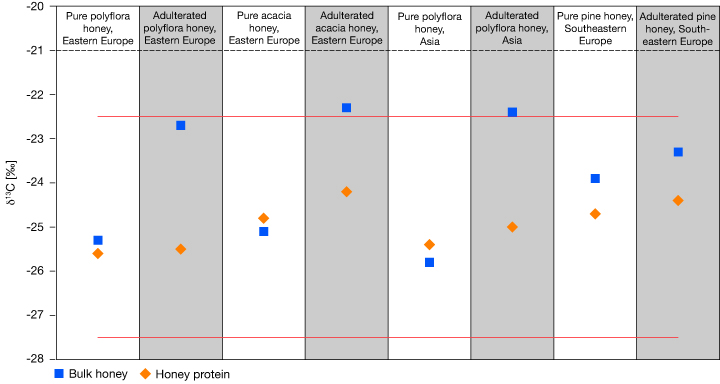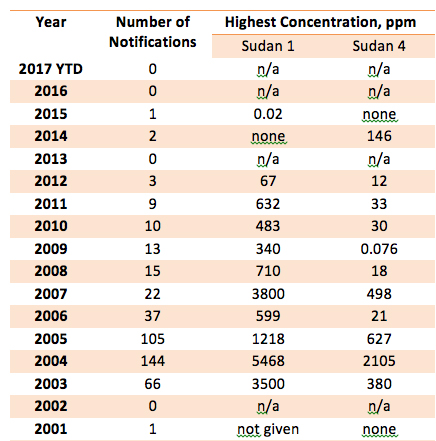Proficiency testing has increased in food microbiology laboratories in response to various factors: ISO 17025 accreditation increases, regulatory focus, customer requirements, internal quality requirements and an increase in validation and verification activities. Here we will explore available resources, testing considerations, and response guidance for participating food microbiology laboratories.
What is Proficiency Testing?
Proficiency testing (PT) is widely used in the food testing industry as a way to verify that an individual laboratory is capable of performing a given method. There are several ISO 17043-accredited PT providers that issue unknown samples with various organisms and matrices throughout the year. Heather Jordan, director of LGC PT operations for the API Group in North America, says the increase in participating labs has led to additional insights on the value of PT programs. “We receive feedback from participants that they also find gaps in their methods and operations as a result of the PT. For example, a participating laboratory recently uncovered a reagent expiry system flaw that impacted results and implemented improvements. Another laboratory reported that they were experiencing challenges with a unique matrix type – and through the PT process identified the issue and validated the process adjustments made.” Participating laboratories report analytical results to the PT provider and evaluations are issued based on statistical success criteria. Additionally, performance is often reported to third party entities defined by the laboratory, such as ISO 17025 accreditation bodies and other certifying authorities.
Considerations When Designing a Proficiency Testing Plan
ISO 17025-accredited laboratories are required to have a written proficiency testing plan. Operations not bound by accreditation requirements are still encouraged to document their PT plan as a matter of best practice. When designing a PT plan, laboratories should consider the following:
-
Proficiency Provider(s)
- Selecting a PT provider is the first step in designing a PT program. Providers may be evaluated based on available accreditation status, analytes and matrices, frequency, data deliverable, accreditation status and cost.
- Common Microbiology PT providers include:
- LGC / American Proficiency Institute (API)
- AOAC
- Various Regulatory Bodies
- ISO 17043 is the international standard that proficiency providers are accredited to by various accrediting bodies. When evaluating a PT provider, you should ensure that they are accredited to this standard. A list of ISO 17043 accredited PT providers can be found here: https://portal.a2la.org/pt/PT_Summary1.pdf
-
Matrix & Analytes
- Matrices selected should be representative of the matrices routinely tested by the microbiology laboratory. Common matrices available include: Dehydrated Mashed Potatoes, Non-Fat-Dry-Milk (NFDM), Powdered Cooked Beef (PCB) and Environmental. The laboratory should consider not only the category of matrix, but also constituency. For example, a dairy laboratory would likely select the NFDM matrix. However, a laboratory that analyzes primarily animal proteins may select the PCB, even if they do not analyze beef specifically.
- PT providers offer several target analytes for laboratories to choose from. Laboratories should incorporate the appropriate PT’s into their PT plan that match the routine and/or critical analytical operation of the laboratory. Most PT providers will offer package combinations of various quantitative and qualitative tests that include key pathogens and indicator organisms of interest. Laboratories can also select to add on analytes that might be more specialized to their operation such as Campylobacter , STEC or Lactic Acid Bacteria.
-
Frequency:
- Each PT provider offers scheduled PT rounds throughout the year. When creating the PT plan, the laboratory should consider how often they will participate. Factors to consider are often third party requirements, risk and cost. Often customers or third party certifying bodies will specify a minimum frequency of testing. In the absence of a predefined frequency, laboratories should weigh the risk of failure vs. cost and resources to determine the best frequency. For example, if a laboratory fails a PT- how long before the next PT round is received can be critical to the corrective action process. Many providers will offer off-schedule rounds to aid in troubleshooting and corrective action investigations. Quarterly and biannual frequency is quite common. Annual participation is often the minimum requirement, however many operations find that is not frequent enough to meet PT plan objectives and goals.
-
Rotational Models to Consider
- Laboratories that conduct multiple methods for the same analyte and/or have several analysts will often incorporate a rotational model in the proficiency testing plan. PT events often have a limited amount of sample to process, which can also create a logistic challenge. A rotational plan is flexible and custom to each operation, but essentially ensures that each method and analyst is evaluated at least annually via PT programs. A rotational plan should also consider how to conduct PTs in order to capture routine operational conditions including staffing, capacity and workflow conditions of the laboratory.
My PT Samples Arrived! Now What?
Once the PT samples have arrived, having a predetermined plan will aide greatly in efficient and organized processing and analysis. Laboratories often designate an individual as a “PT Coordinator” that will schedule the testing event and notify pertinent administrative and lab personnel prior to the arrival of the samples. This helps to ensure all testing reagents and consumables are available and that the needed personnel are available on the days required. The PT Coordinator can organize any rotational aspects of the PT plan, report results, monitor deadlines, receive results and initiate the corrective action process if needed.
PT samples should be prepared according to PT provider instructions so that the laboratory has a working sample to test. This is a critical step and, if not done properly, can have a significant impact on the results. To ensure comparable results across participants the PT provider may include important details in the instructions such as what dilution level to consider the prepared sample, or what characteristics must be present to consider the sample a positive. The working sample should be treated the same as a ‘real world’ sample that would be received by the laboratory. Activities such as sample login, entry into a LIMS or SAP system and set up are important to follow as the laboratory would routinely.
Once the laboratory is in the sample preparation and analysis portion of the PT, it is important to avoid any method modifications unless the laboratory routinely performs a validated modification for a given method. Remember, the PT event is designed to verify the laboratories ability to perform a method, therefore, all factors of sample receipt, set up, analysis and reporting, should be incorporated into the PT process.
When the analysis is complete and results are available, the PT Coordinator can report them to the PT provider. Be mindful of making proper calculations, proper categorical results and appropriate confirmations. Report all results just as the laboratory typically reports them. For example, if the laboratory routinely reports Yeast & Mold as a combined count, or if Listeria is routinely confirmed to the species level, be sure to report it in the same manner for PTs. Records generated through the PT event should also follow the same recording and record keeping process in accordance with laboratory policies. To ensure that records are robust enough for potential troubleshooting, take great care in documenting any anomalies of the event.
Reporting and Response
In addition to reporting results externally to the PT provider, who may also report to other external organizations at the laboratories discretion, the laboratory may also have an internal reporting structure. Once the results are received from the PT provider indicating success or failure for each parameter, the laboratory may also share these results internally, especially if there are multiple laboratories within the network.
If an unsatisfactory result is reported, the laboratory should implement a pre-determined corrective action process. Often this will include several parties such as the lab manager, analysts, PT coordinator and a QA representative. Heather Jordan reminds us that an unsatisfactory result isn’t necessarily a failure for the laboratory. “We encourage laboratories to ask themselves the question ‘was this testing scenario relevant to my operation?’ If not, then they should document accordingly.” For example, a laboratory’s standard practice might be to fail a product on specification if an indicator organism count was too high (such as generic E. coli) and therefore they would not test the product further for a targeted pathogen. In this case, they should document how their laboratory would have handled a similar real life sample according to their procedures and store that documentation with their PT results. The laboratory may even proactively communicate this investigation to their accrediting body. The investigation of an unsatisfactory result should include a document and record review, interviews with participating parties, discussion with other network laboratories (if applicable), and communication with outside stakeholders such as accrediting bodies, the PT provider and the diagnostic company for the corresponding method (if applicable). Often the PT provider will provide educational commentary or guidance on a sample that can also be useful in a corrective action investigation. Many times laboratories will request troubleshooting samples from the same round as the unsatisfactory result – not necessarily to negate the original results – but to aide in the root case and corrective action process.


























